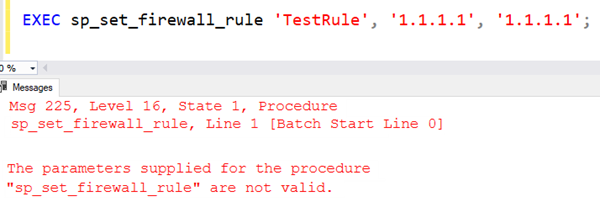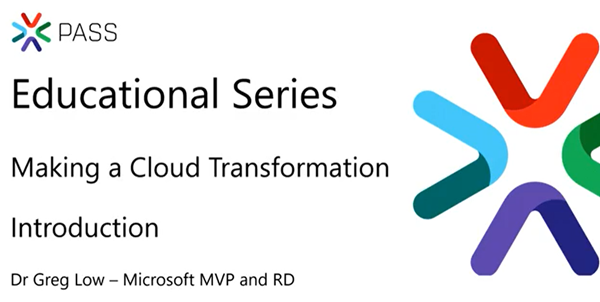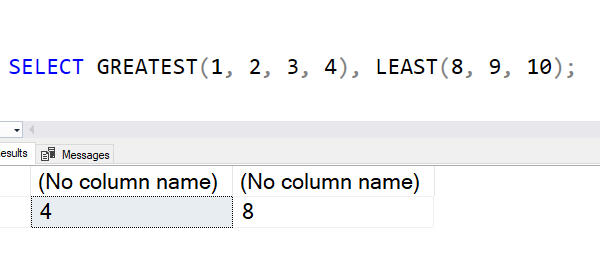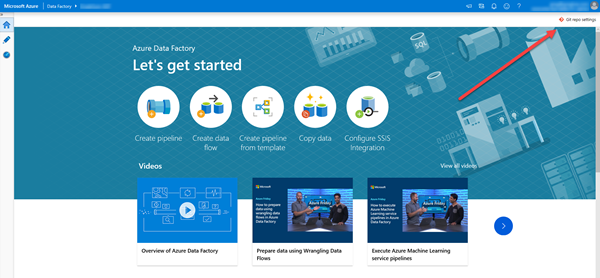
Fix: The parameters supplied for the procedure sp_set_firewall_rule are not valid.
I often use the procedure sp_set_firewall_rule to set firewall rules for Azure SQL Server. (There’s a similar call to set the firewall for databases). The other day though, I got an error that had me puzzled:

I also tried it with named parameters and got the same error.
When I looked at my previous scripts, I realised that I had used a Unicode string for the first parameter previously.
2021-08-25









